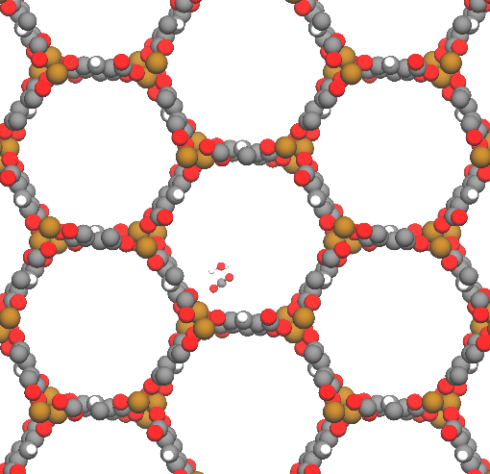
Georgia Tech and Meta have teamed up to create an open dataset called OpenDAC that is designed to help improve direct air capture technology, which is a process that pulls carbon dioxide out of the air.
According to Georgia Tech, one of the biggest challenges to direct air capture is that every environment and location necessitates a different design based on those factors. Discovering what material will most effectively capture carbon dioxide in a specific environment is a major inhibiting factor to wider implementation of this technology.
OpenDAC contains reaction data for 8,400 different materials and utilized almost 40 million quantum mechanics calculations.
“We wanted to use computing to take them from not knowing where to start to giving them a robust list of materials to synthesize and try,” said Andrew J. Medford, associate professor in the School of Chemical and Biomolecular Engineering (ChBE) at Georgia Tech and a lead author of the paper the OpenDAC research was published in.
Meta became involved because its Fundamental AI Research (FAIR) team were exploring ways to apply machine learning climate issues, and landed on direct air capture as a promising technology to pursue.
“According to the UN and most industrialized countries, we need to get to net-zero carbon dioxide emissions by 2050,” said Matt Uyttendaele, director of Meta’s FAIR chemistry team and a co-author on the paper. “Most of that must happen by outright stopping carbon emissions, but we must also address historical carbon emissions and sectors of the economy that are very hard to decarbonize — such as aviation and heavy industry. That’s why CO2 removal technologies like direct air capture must come online in the next 25 years.”





